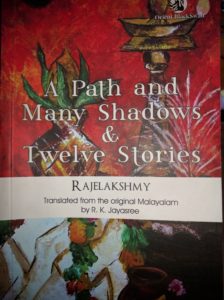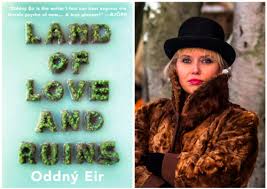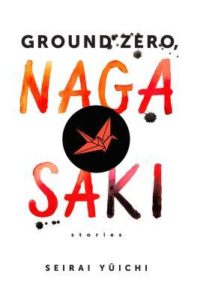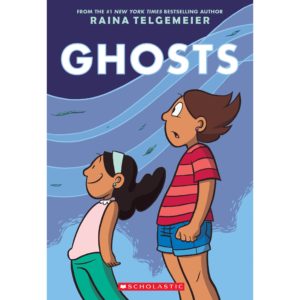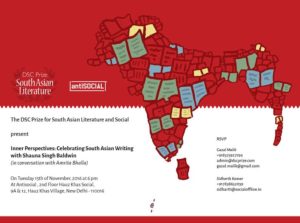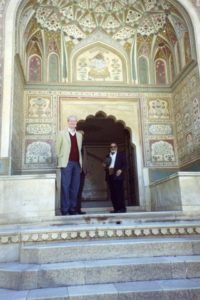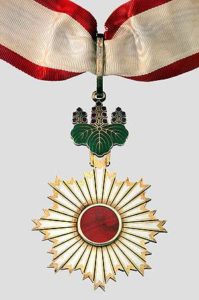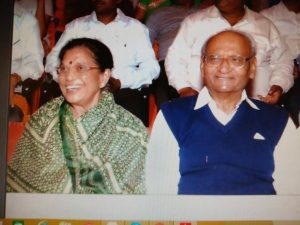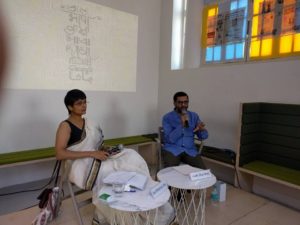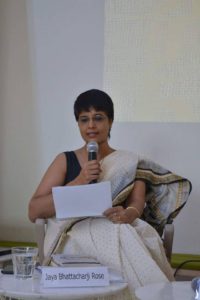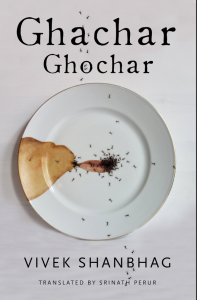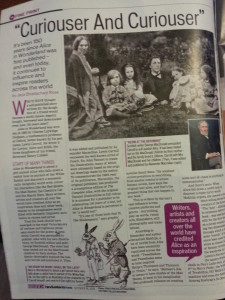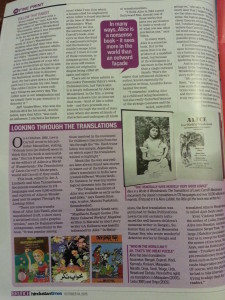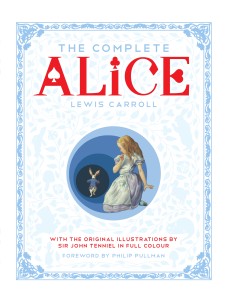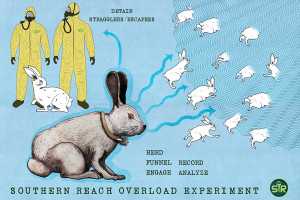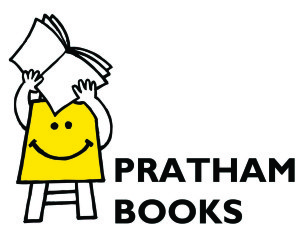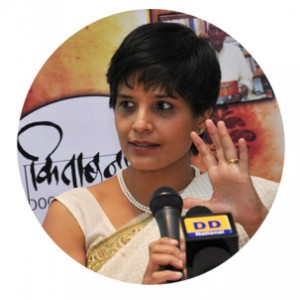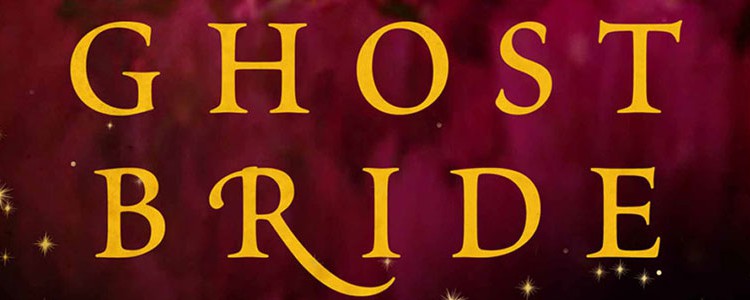Indian Author Anita Nair on her New Book for Children on Stories from the Qur’an and her Role as an Independent Publisher
( My interview with Anita Nair on her new book, Muezaa and Baby Jaan , and launch of a new independent publishing press, Attic Books, was published in Bookwitty.)
Award-winning and bestselling Indian author Anita Nair is the editorial director of the recently launched Attic Books, an independent publishing firm focused on making world literature available in English in South Asia. This new responsibility has coincided with the publication of her new book, Muezza and Baby Jaan— a beautifully illustrated (by Harshad Marathe) book for children that retells stories from the Qur’an. The succession of events that birthed this book were Anita’s research for Idris which required familiarising herself with the stories but more importantly it was the equation of terrorism with Islam, which troubled her, and she felt needed addressing. As she says passionately in her preface:
“Acts of terrorism perpetrated by Muslim fundamentalists had already made many non-Muslims wary of the religion. And I thought this was grossly unfair to Islam and what it taught. I had been brought up as a secular individual and felt a calling to clear this misinterpretation in my own way.
No religion preaches hate or violence. No religion condones killing or the taking of human life. However, flawed interpretations do lend a religion a misguided twist that it does not claim in the first place. Those with vested interests manipulate aspects of a religion to justify heinous crimes and the massacre of innocents. And so it had happened with Islam.”
Anita Nair kindly answered questions about her new book and her new job:

You are a rare kind of writer who has the ability to write books for children and adults. Given the current milieu why retell stories from the Qur’an in Muezza and Baby Jaan for children and not adults?
Three specific reasons why I chose to re-tell stories from the Qur’an for children and not adults are:
I am not an expert of Islam and my understanding of the scripture is at a basic level. I read the scripture for what is it and didn’t want to read sub texts hence, it occurred to me that the Qur’an as I understood it, would be more apt for a child’s reading rather than an adult seeking spiritual guidance.
Any religion is best understood when explained in the form of stories. Children are more receptive to stories rather than adults who seek complexities, twists and justifications.
If inclusiveness and tolerance need to be part of our psyche it needs to begin from childhood and I thought it important that our children learn about Islam through the stories from the Qur’an so as to accept it as another scripture that like all scriptures advocate only peace and love.
If inclusiveness and tolerance need to be part of our psyche it needs to begin from childhood…
Is there any reason why you selected these particular stories to retell?
During the course of my research I discovered the stories of the ten blessed animals and wanted to build my stories around these animals for they brought in accounts about various Prophets. Some are familiar names from the Old Testament, which furthered my cause that all religions are the same to a great extent, and also it helped me follow a certain chronology in the telling.
Today communal intolerance particularly towards Islam is on the upswing globally. Do you think by this pushback of sensitizing children to Islamic stories will help to create a secular future?
I certainly do believe sensitizing children to Islamic stories will help in creating a secular world, where a person is judged by what they do and not what religion they follow.
Why did you opt to anthropomorphize the cat and the camel to share the Qur’an stories rather than merely retell them yourself?
Apart from wanting to open up the Qur’an for general reading I wanted to bring alive Islamic lore and it seemed to me the best way to do so was by anthropomorphizing the two protagonists of the book namely Muezza the cat and Baby Jaan the camel. When they voice our thoughts, be it on friendship, prejudice, peace or trust, the characters strike a chord in our hearts and we immediately start relating to the stories on a very personal level
As a successful writer yourself you have been published worldwide but why have decided to launch a publishing house: Attic Books? Who else is on the team?
The reason I decided to start a publishing house is because we are all exposed to literary giants and Nobel laureates writing in languages other than English but we are oblivious to all other wonderful writing from around the world. Attic Books was conceived to be a small boutique-publishing house that will focus on a small number of books from spectacular authors that the Indian reader has yet to encounter. I want to bring these authors the readership they deserve.
As of now, we are working with only international fiction. But we hope to expand to international non-fiction as well and one work of translation from an Indian language. The only Indian fiction we will be publishing at this point is the anthology of short fiction drawn from my creative-writing mentorship programme in Bangalore, Anita’s Attic. The plan is to keep to the promise of what an Attic holds: Hidden treasures and surprises so as the curator of the list, I may decide to mix up fairy tales with crime with lit fiction to travel. I do hope we can acquire rights to unpublished works but given that we have no angel investors, commissioning an original translation of international fiction may be an expensive prospect.

Our 2017 list comprises of Evald Flisar’s literary novel If I Only Had Time (Slovenia), Suchen Christian Lim’s literary romance The River’s Song (Singapore), Andres Neumann’s literary novel Talking to Ourselves (Argentina/Spain), Bei Tong’s LGBTQ novel Beijing Comrades (a translation by Scott Myers) and I. M. Batacan’s crime novel Smaller and Smaller Circles (Philippines).
I am in the process of acquiring books for 2018. There are so many good books out there but I don’t want our list to repeat themes and I have to be diligent about the list we are putting together. Attic Books is a partnership between Anita’s Attic (which is a company made of Anita Nair and a digital agency, *ConditionsApply) and Logos – a Malayalam language publisher based in Kerala.
Given the range of genres you publish in, will there be any overlaps with your plans for Attic Books?
No, I am very certain that it will not clash with my own work, which will always be housed as it always has been in publishing houses where I have a sound editor to work with. I value the role of an editor in my writing process and wouldn’t want to lose that objectivity and editorial input.
Does your personal experience of being published by others inform the business of establishing your own publishing firm?
Business-wise the decision to try and turn publisher ranks along with that of Don Quixote tilting at windmills. Nevertheless, one cannot help but admire the old knight for trying to keep alive the romanticism of a period even though it may seem delusional to everyone else. However, over the years I have drawn my own insights on what makes publishing exciting and would like to see if they are really true.
How do you find time to balance writing, mentoring and now publishing?
Honestly, I don’t have an answer to that. I guess I just don’t stop. And that what I am doing is exciting makes me put in long hours without thinking of it as a job to be done.
Is there space for another publishing firm in India?
Yes and no. Yes, if one can move away from the traditional confines of publishing. No, if one is seeking to replicate what is already there and available.
Will you focus only on print or also digital? How do you plan to distribute your books?
We will be only be focusing on print. One of our visions for Attic Books is to help people put together a library of their own at home. Books that people will read, keep, and read again and pass on hopefully to their next generation; hence, the stringent process of choosing who we publish.
Distribution will be through select bookstores and online sales. And we have created Attic Club, which is a subscription model where a reader can take an annual subscription at a fabulous price that will bring the books to their homes and will also put them on a list to the exclusive book events we will host.
25 February 2017


